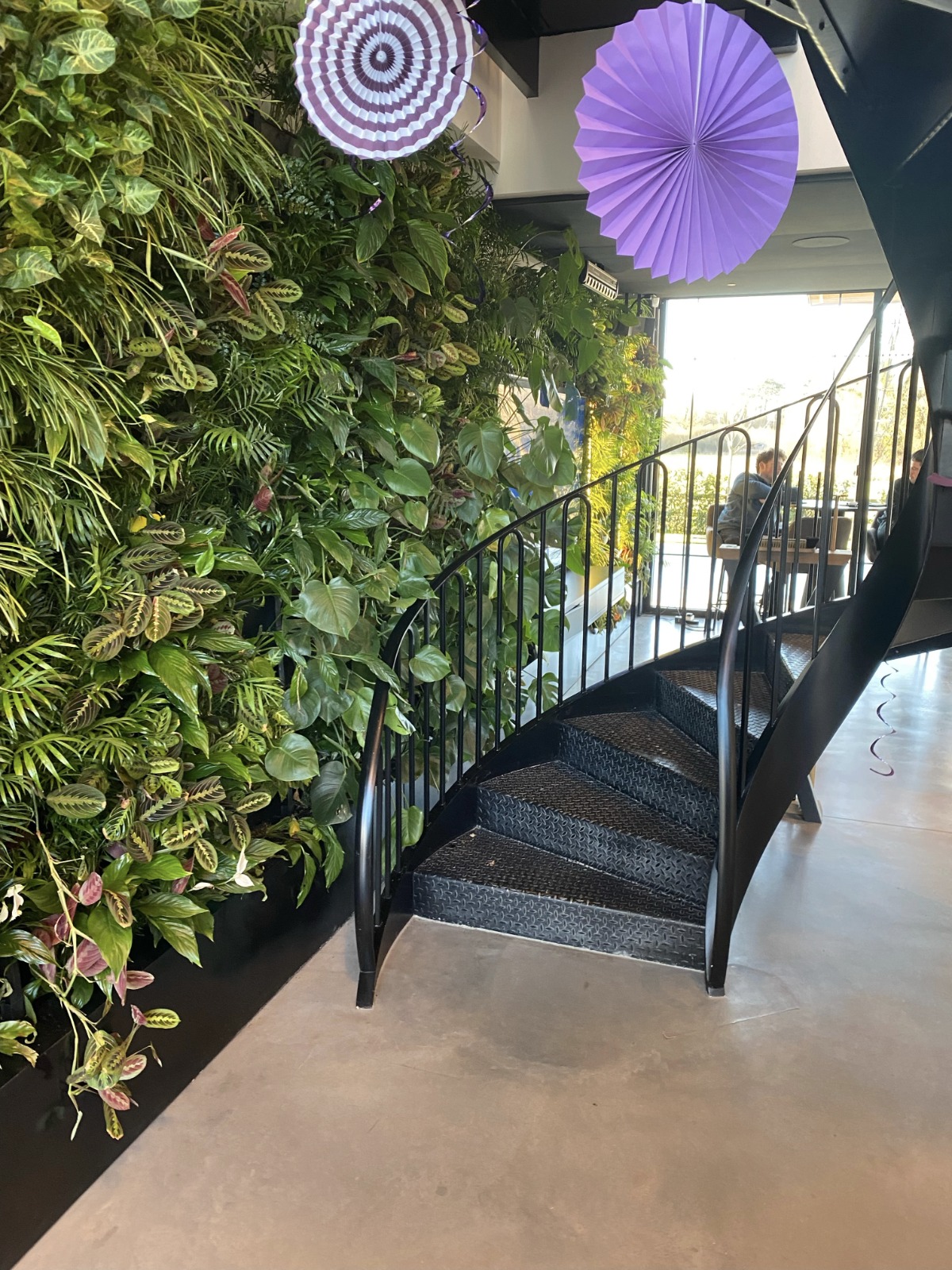
14 Aug Sustainable Building – A New Dimension
Are you connected to, or interested in, the architecture business and sustainable building? Then you’ll know the UK Green Building Council wants new buildings and infrastructure to have ‘nature-based solutions’ by 2030. You probably also know that using green walls in interiors, or to clad exterior surfaces, offers many benefits. For architects aiming to achieve certification in green building standards such as BREEAM or LEED, living walls can help. However, even where certification is not the aim, a green wall enhances any project. Sustainable building has to be a priority for everyone, and plants offer so many benefits. They mitigate against the effects of heat or pollution and improve air quality. They also increase biodiversity, and improve the mental and physical wellbeing of a building’s inhabitants.
Urban greening at the design stage, or retrofit
Nowadays, many planning policies and environmental agendas push for green elements to be included in new-build projects. Climate experts say plants are key to combatting the effects of climate change and making cities more livable. Whether you are working on a single domestic dwelling or a large city project, a living wall is an easy way to make sure your buildings contribute to urban greening rather than climate change. Our plant walls can be incorporated at the design stage, but retrofitting is also simple. This is because the supporting structure can be attached to most surfaces.
A living wall is undeniably beautiful…
A vertical garden, indoors or outside, brings stunning visual impact for relatively small outlay. In fact it would be easy to put the popularity of living walls down to the simple fact of how amazing they look. But it’s not just the visual appeal – people have an deep connection to nature and are happier when they’re close to some greenery. Bringing the experience of nature into an urban setting makes our cities nicer places to live. In fact, while acknowledging the other major benefits of using plants, award-winning architect and designer Thomas Heatherwick says his main aim in designing greenery on buildings is to ‘create a more human experience’. He quotes studies that show how ‘nature can improve our mental health and ability to focus and concentrate’.
…but it also combats climate change and creates better places to live and work.
Able to mitigate against heat and pollution, living walls can help cities remain hospitable as they heat up over coming decades. Plants absorb heat and cool down their surrounding air through transpiration. Studies show that green walls can be up to 32°C cooler than conventional walls, and reduce air temperature around them by up to 4°C. Urban greening is also key to boosting biodiversity – another weapon to fight climate change – making ecosystems resilient to change, and helping protect the 15 per cent of UK species that are threatened with extinction.
Plants also absorb carbon from the atmosphere. Even a single square metre of green wall can absorb up to 2kg a year. They also remove harmful toxins such as nitrogen dioxide from the air, helping to tackle the UK’s air pollution. Interior living walls also improve air quality inside a building, increasing oxygen levels and filtering out many of the toxic particles present in modern interiors. At the same time they assist in cooling the building in hot weather, meaning any air-conditioning won’t have to work so hard. Saving energy makes financial sense and also betters your sustainability profile.
A long-term impact
Green building credentials are vital to all new projects nowadays, and living walls can add to these. We provided several for the Polaris Passivhaus stand at Grand Designs Live last year, and are proud to think that green walls can have a long-term impact indoors or outside any green building project. Equally important though, is to improve individual people’s lives in the here and now. To quote again from Thomas Heatherwick, many people experience ‘living in a harsh existing context of soulless buildings’. He continues: ‘When developers embrace the power of bringing nature into their projects, there is a generosity that should be recognised as a valuable contribution to long-lasting public enrichment.’ Wouldn’t it be great to be a part of that? Let Rosewood help!

